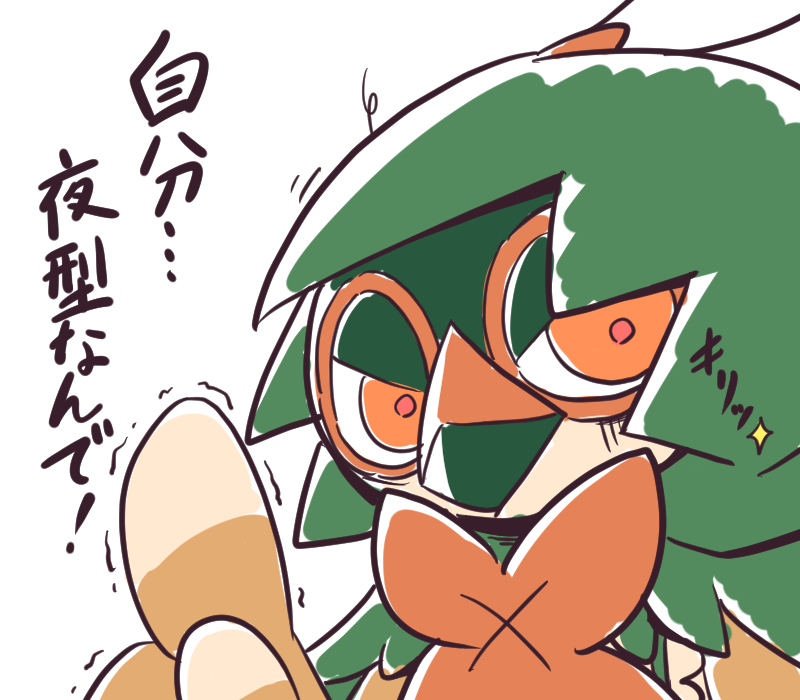A moment ago I unmounted my 1TB HDD with 400GB of content and I partition it into two different partitions, obviously keeping the space that was already occupied. I did because I don’t care if the content get corrupted, but after I did it everything is still working perfectly, when I thought everything would be corrupted.
I am possibly a complete ignorant on this subject, but due to the nature of the HDD and how it writes and reads data I expected it to corrupt everything, why didn’t it happen? On an SSD on the other hand I would not consider that possible because it is not even a mechanical part where the information is stored.


Storage media doesn’t make a difference here. You can partition a spinning drive, an SSD, NVRAM, phase change storage, hell even magnetic core if you have enough of it.
It also depends on how you did the partitioning. A full partitioning program like gparted will intelligently move and resize partitions. But even if you blindly rewrote a partition table, if you did something like take a 100gb partition, changed it to 50gb, and added a 50gb partition after it, as long as the filesystem has only used that first 50gb, nothing bad will happen. A partition table just says “partition starts here, ends here”.
Just look at the output of fdisk: